Starting Nursery
Our Nursery Classroom
Come and enjoy our Nursery classroom!
-
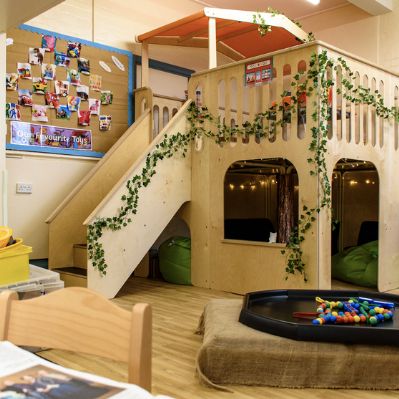
a56a9af1b8f1422aab625d5bf935b15b1x1
-
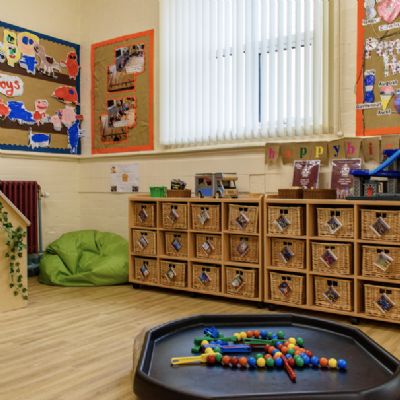
0cd2cbfd8c264043a564da82b60187371x1
-
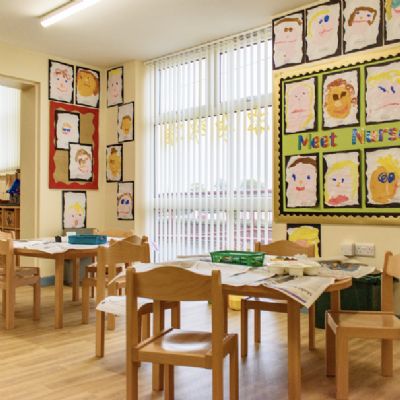
40ccee7dcb0d45f2a3e0829a3944174b1x1
-
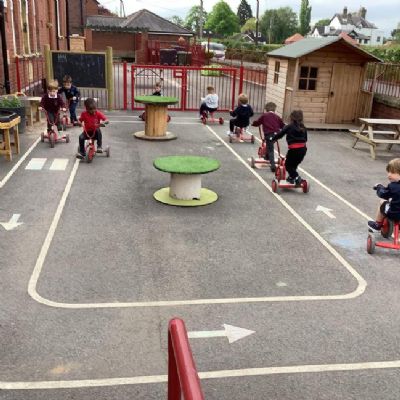
5053c810-7131-46f2-a6e1-1bfcfe86e3ce1x1
-
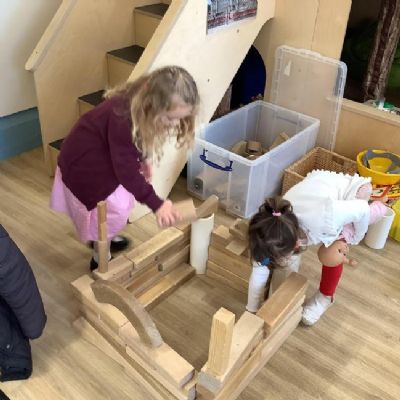
926ec84a-ca34-4c41-b61a-098f5b88b21b1x1
-
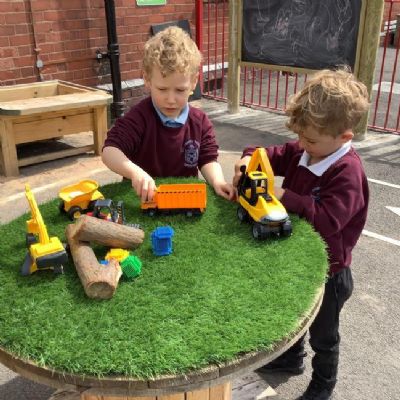
89e959f8-d35a-43c9-9d65-b9783aaab01f1x1
-
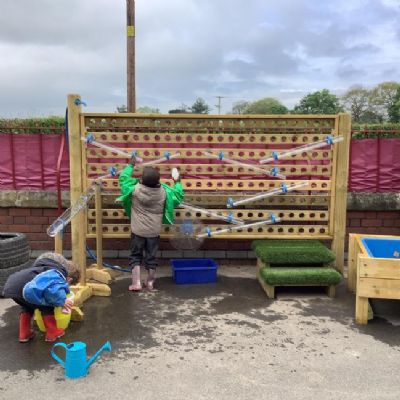
4da4a8a7-a962-4306-9f28-2d50a27be6231x1
-
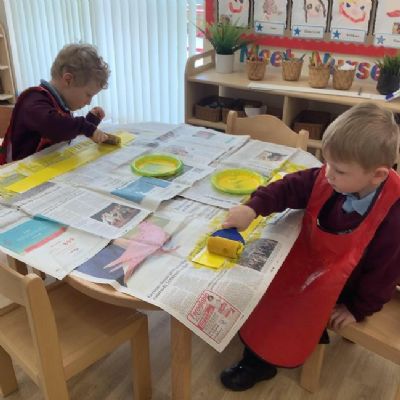
9ee180fe-7b68-4d89-bbbe-90b4d9a049211x1
-
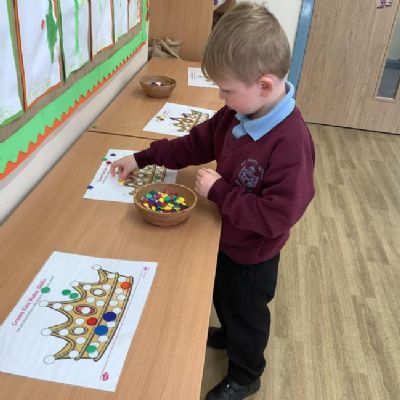
537ecf40-ac98-4051-b46d-3b9318f964d01x1
Nursery education for 3 and 4 year olds
Nursery Education for 3 and 4 year olds - a guide for parents and carers
Advice and Guidance on Toileting
We are keen for all children to have been toilet trained by the time they start with us in Nursery and recognise that for some children this can be a challenge. The resources within this section are designed to support the toilet training process.
Tips for Potty training
Learning to use the potty or toilet is a big step for your child. Don't rush it. Here are some tips on how to approach potty training.
Potty and Toilet Training Advice
Children learn at different speeds and potty training involves learning several skills. Some children take longer than others and this is completely normal. You can start helping your child to learn the skills needed for toilet training from the time they are about 12 – 18 months old. You should not wait until your child shows signs of being ready, as some children never show these signs and others don’t develop them until they have started toilet training.
Tips:
-
Start working towards potty training early. When your child can stand independently stand them up when changing them and change them in the bathroom. Involve them in pulling their clothes up and down and checking what is in their nappy. Choose the words you are going to use for wee and poo and ask everyone who cares for your child to use these words.
-
Get the right equipment to make sure they feel comfortable and secure. You can choose to use a potty or toilet, but your child will need to be able to sit comfortably and feel safe. Their feet should be flat on a firm surface and their knees should be higher than their hips. Their bottom should be well supported. They will need a step and insert seat to achieve this, if they are using a toilet.
-
When your child is able to sit independently. Start sitting them on the potty or toilet after meals and drinks. Start once a day at first for just a few seconds to a minute and then gradually build the frequency and time of sitting, until your child is able to sit for a two to three minutes. Give them lots of attention when they are practising sitting, try singing with them or reading a book. If you are lucky and they wee or poo while they are there give them lots of praise.
-
Make things familiar. Put a potty where your child can see it and show them what it’s for. You could let them sit their teddy or doll on it. Let your child see you using the toilet and explain what you’re doing. Learning to use the toilet is something that most children manage by the time they are between 2 and 3 years old. Children learn at different speeds and potty training involves learning several skills. Some children take longer than others and this is completely normal. You can start helping your child to learn the skills needed for toilet training from the time they are about 12 – 18 months old. You should not wait until your child shows signs of being ready, as some children never show these signs and others don’t develop them until they have started
toilet training. -
Look out for when they fill up their nappy. You might notice that your child has a bowel movement, or poo, at a certain time of the day. You could watch out for signs your child needs to go. They might jiggle, pass wind or hide behind the curtain. Try encouraging your child to go on the potty or toilet at this time.
-
Encourage a healthy diet and fluid intake. Fruit and vegetables help to prevent constipation. Drinking well helps your child’s bladder to work well. Children aged 1 – 2 years should be drinking about 1 – 1.25 litres of water-based drinks a day, divided between about six drinks. Water is best, but you can use sugar-free squash if they will not drink water.
-
Dress for success. Buy your child some pants and put them in clothes that are easy to pull up and down. Trousers or leggings with elastic are good. When your child is sitting happily on the potty or toilet use training pants or ordinary pants. Do not use a mixture of pants and pull ups or nappies – it will confuse your child. Remember that a pull up or nappy is designed to remain comfortable for your child when it is wet.
-
Prepare for outings. You could use a plastic bag with a towel over it to protect car or bus seats in case of accidents. Take spare clothes, plastic bags and wipes with you. If you are using a potty, insert seat or step you could take this as well. Remember to take your child to the potty or toilet in the same routine as when you are at home.
-
Expect some accidents and setbacks. Some days your child will be happy using the potty or toilet. On other days they will have lots of accidents. This is normal. Your child might be dry for quite a while and then go back to having more and more accidents. Try taking them to the potty or toilet after drinks and meals again. If things do not improve in a few days, ask their health care professional for advice.
-
Help your child avoid accidents. If your child hasn’t done a wee or a poo for one and a half to two hours take them to the potty or toilet. Children often get very caught up in playing and forget to go. Try to make sure the potty or toilet is easy to get to and use.
-
If you are not having much success. It is normal for children to have some accidents while learning. If you feel they are not making much progress ask their health care professional for advice. It may be that they need a slightly different approach, or that they have a problem, such as constipation.
-
If your child has a long-term illness or is disabled they might find it more difficult to learn to use a potty or toilet. This advice is still relevant for them. Most children with additional needs can toilet train at the same age as their typically developing peers. There is evidence that toilet training helps to promote bladder and bowel health. If your child has additional needs and you have concerns or are struggling with toilet training speak to their healthcare professional (health visitor, specialist nurse or paediatrician.
Staying dry at night
If your child regularly has a dry nappy in the morning, try letting them sleep without a nappy:
- Remind your child to use the toilet before bed.
- Avoid giving your child a drink or food in the hour before they go to sleep.
- Let your child know that you’ll help them in the night if they wake up needing to go.
- Leave a night-light or potty in their room if they are afraid to get up at night.
- Protect the mattress with a waterproof cover or pad.
- Remember, children do not learn to stay dry at night in the same way as they do during the day. Bedwetting is not considered to be a medical problem until children are five years old.
If you are worried there might be a problem ask your health visitor or GP
If your child is wet at night and you are concerned speak to their health visitor. If they are more than five years old, you can ask their school nurse or GP to refer them for assessment and treatment. There is more information on toilet training and bedwetting on the Bladder & Bowel UK website and the ERIC website.
(Guidance taken from Welsh Government - https://gov.wales/parenting-give-it-time/guidance-and-advice/tricky-moments-and-behaviours/toilet-or-potty-training)
